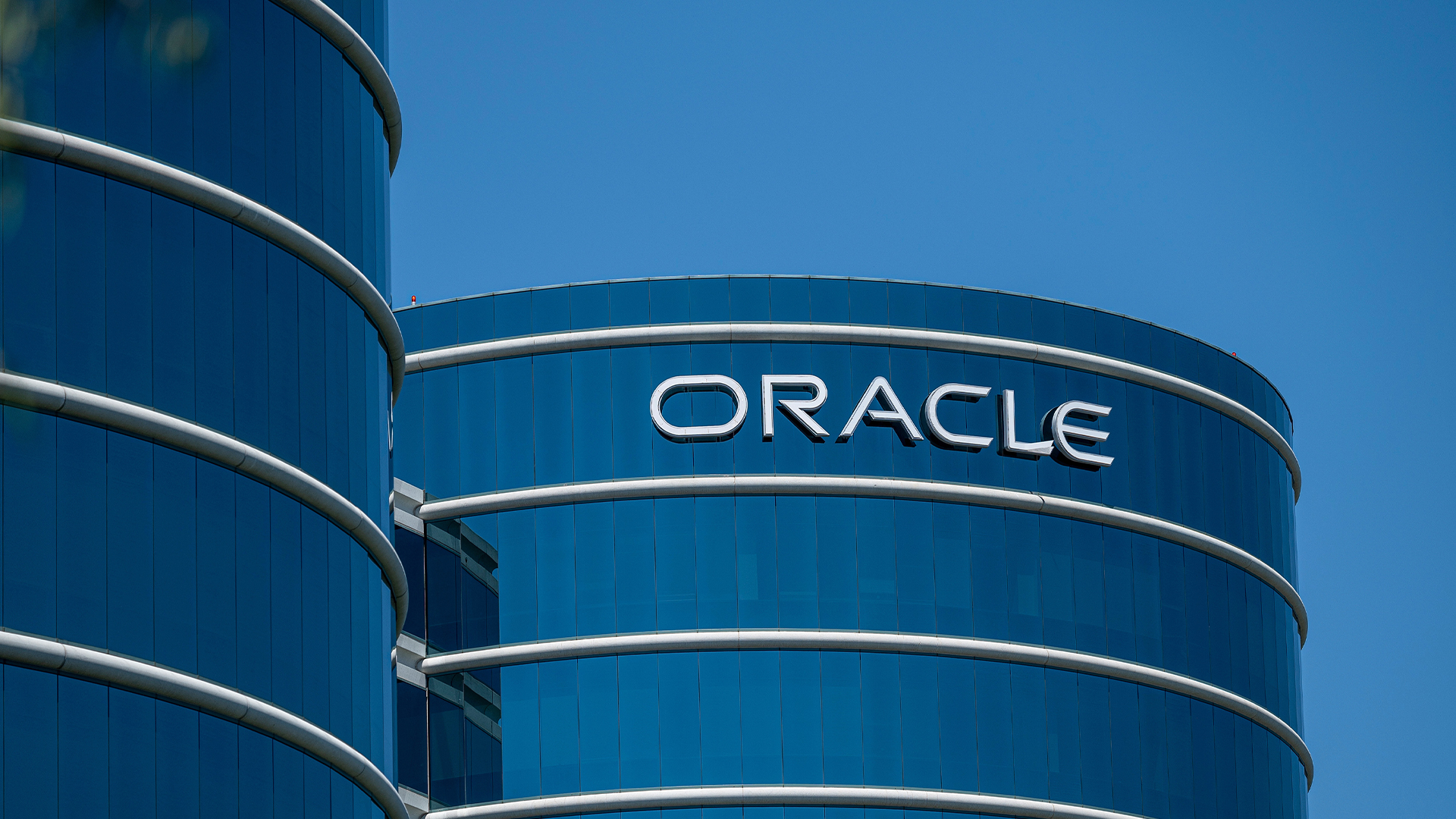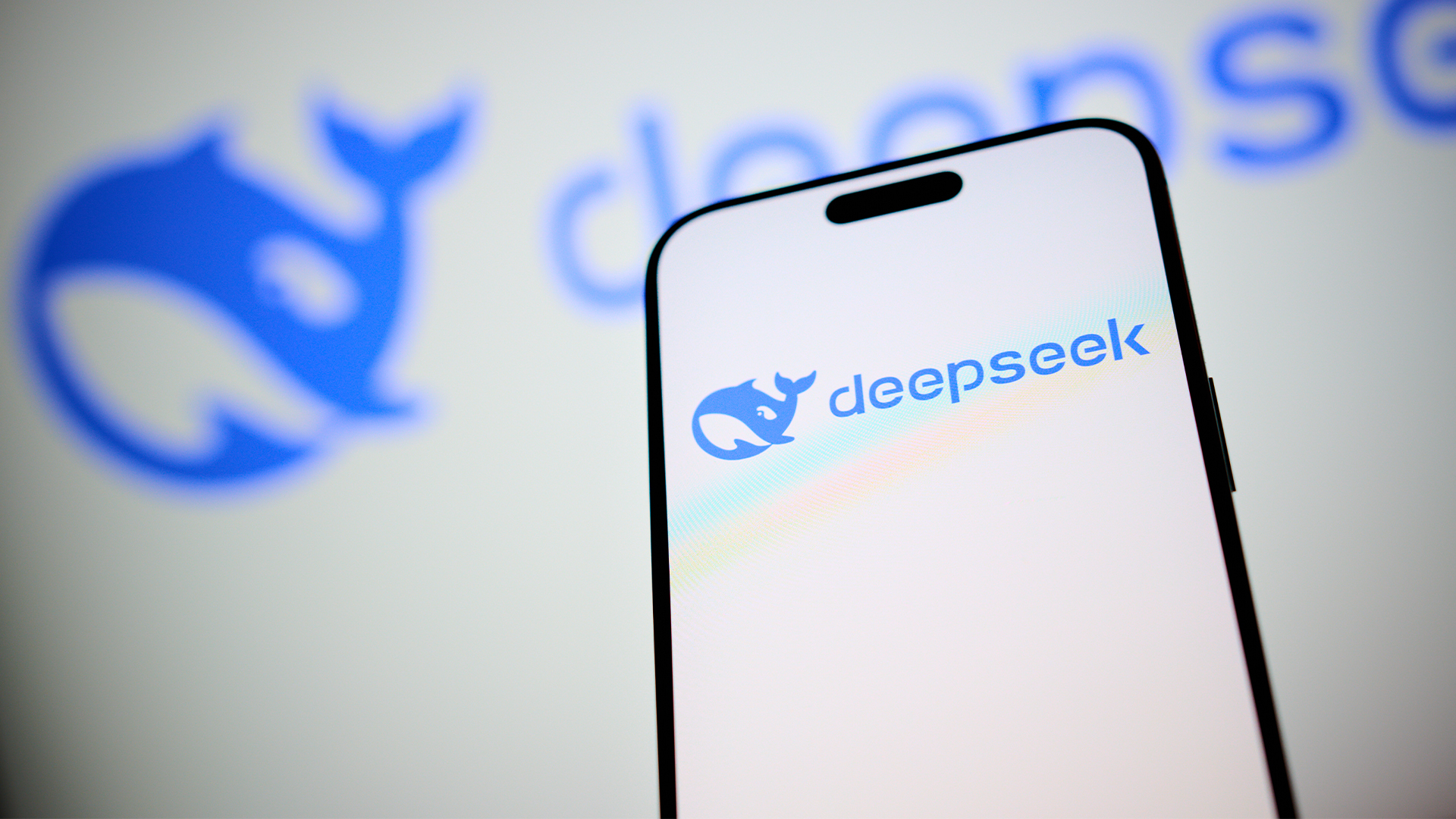CMS BounceBack Ultimate review
If you're not ready for cloud based backup, this solution from CMS will have great appeal for those wanting to get users up and running quickly after a disaster.
Plenty of flexibility and power, plus the welcome ability to load your recovered system from a USB drive. Bounceback Ultimate will have great appeal for many users, though it's a touch more expensive the rival image based solutions.
For all the undeniable appeal of cloud storage and, lately, cloud backup, it's hard to argue with those who contend that local, hard disk-based backup is the most reliable and secure. And, even if it weren't these two things, it would still be the fastest.
BounceBack Ultimate is utterly simple. Install the software and you're instantly prompted to create a full system backup. You don't need to decide which files you'd keep in the event of a catastrophe, and you're not cautioned to leave your PC alone while the image is created, although you'll be prompted to duck out of Microsoft Outlook if it's running.
Once BounceBack has made its first backup creating a 24GB backup took slightly over 47 minutes the true strength of the program becomes clear. Applications such as Norton Ghost or Acronis True Image might enable you to create rescue media, with which you can re-format your hard disk and restore it to its time of last backup, but BounceBack works differently. It doesn't create a disk image when it's backing up, instead simply plonking them onto your chosen backup hard disk. This sounds simple, but it has its strengths.
Firstly, you can browse your backed up files on any PC, whether or not it has BounceBack installed. Secondly, when you create a full system backup on an external disk, such as a USB drive, you can boot straight into your system from the disk, which gives you access to all your files and applications while you wait to either replace your failed hard disk, or to restore the data to it.
It also makes whichever external backup device you use bootable. If you create a full system backup, you'll be prompted to re-partition and format a USB hard disk, which you're then supposed to keep handy at all times. If your PC goes down, the theory is that you can boot from your USB device straight into your operating system as it was when you last backed up. The ability to load an operating system on a PC without a functioning internal hard disk is troubleshooting nirvana. Alternatively, you can opt to only backup certain files and folders.
Get the ITPro daily newsletter
Sign up today and you will receive a free copy of our Future Focus 2025 report - the leading guidance on AI, cybersecurity and other IT challenges as per 700+ senior executives
-
 CISA issues warning in wake of Oracle cloud credentials leak
CISA issues warning in wake of Oracle cloud credentials leakNews The security agency has published guidance for enterprises at risk
By Ross Kelly Published
-
 Reports: White House mulling DeepSeek ban amid investigation
Reports: White House mulling DeepSeek ban amid investigationNews Nvidia is caught up in US-China AI battle, but Huang still visits DeepSeek in Beijing
By Nicole Kobie Published
-
 Google faces 'first of its kind' class action for search ads overcharging in UK
Google faces 'first of its kind' class action for search ads overcharging in UKNews Google faces a "first of its kind" £5 billion lawsuit in the UK over accusations it has a monopoly in digital advertising that allows it to overcharge customers.
By Nicole Kobie Published